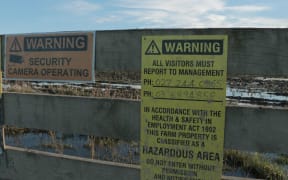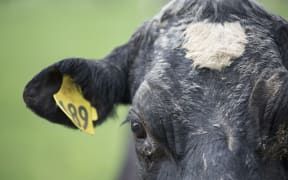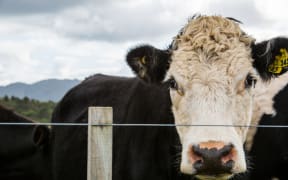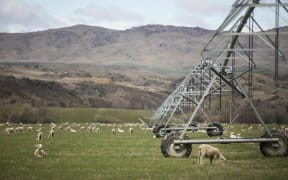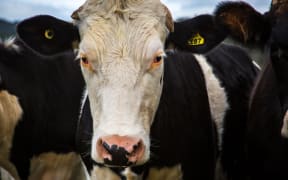New Minister for Agriculture Damien O'Connor is determined to find out how the cattle disease mycoplasma bovis got in to New Zealand.
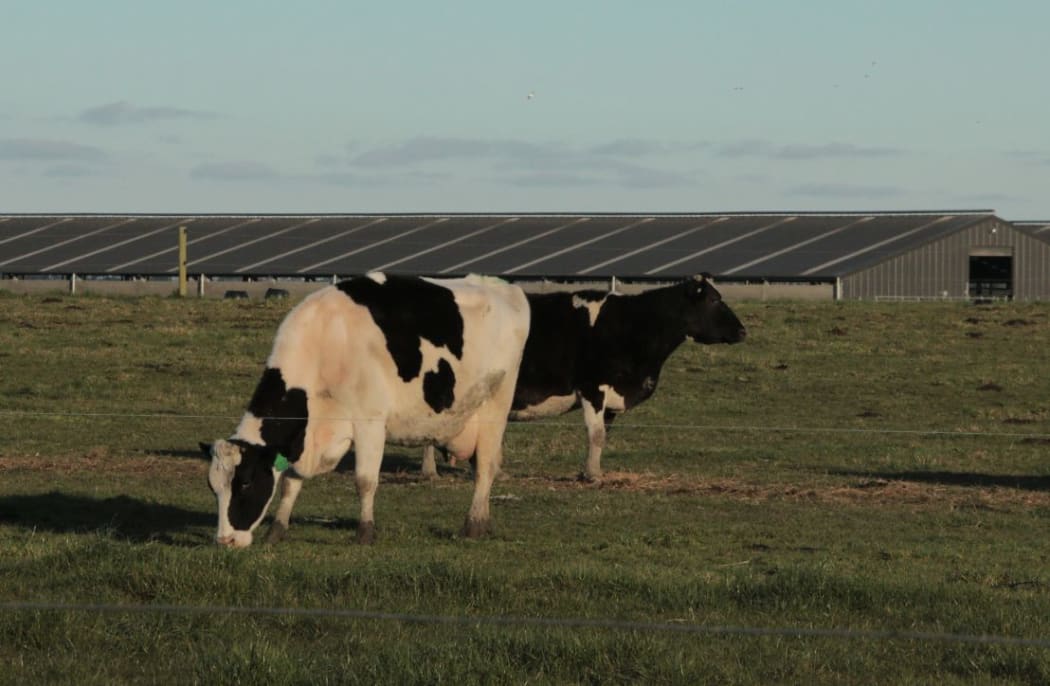
Cows on the first farm infected with mycoplasma bovis. Photo: RNZ / Alexa Cook
Mr O'Connor said he still believed the cattle infected with mycoplasma bovis should have been killed earlier to stop the disease spreading.
First discovered in July, the disease has been found on seven farms in South Canterbury and North Otago, and the ministry is working its way through the culling of about 4000 infected cows.
Five of the infected farms are owned by the large Van Leeuwen Dairy Group, two are owned by individual people, and two farms in South Canterbury are currently waiting on further results after a "suspicious" test last week.
The disease can cause lameness, mastitis and abortions in cows, but poses no risk to people.
In July and August, as Labour's spokesperson for the primary industries, Mr O'Connor was very critical, saying the government dragged its feet because of the upcoming election, and infected animals should have been immediately isolated and destroyed.
When he was announced as the new minister Mr O'Connor said his first focus was to be briefed on the cattle disease mycoplasma bovis.
Mr O'Connor said he has read a number of reports and updates to understand the situation.
"Still a lot that I need to know and still a lot that we all need to know about how this got to be in New Zealand and how it is spreading.
"My queries, and they have been fairly hard queries, indicate to me that we're doing all we can at this point.
"I can't cry over spilt milk so I can't make judgements on what's happened in the past."
Mr O'Connor said the most crucial thing was to make sure the disease was being contained and, if possible, eradicated.
He said he also stood by the comments he made when he was in opposition.
"I still think the animals should have been slaughtered first off, but anyway that's in the past now so I'm dealing with the current situation."
The job at hand is to try and find out how the disease got into New Zealand, he said.
"I do not accept that we can't identify that. There's processes underway, scientific ones, that will hopefully identify the pathway.
"It's crucial that we prevent anything else coming in to the country that we may not know about."

